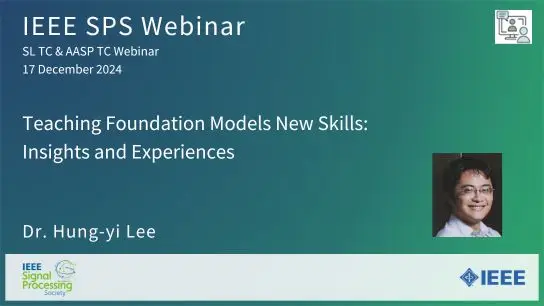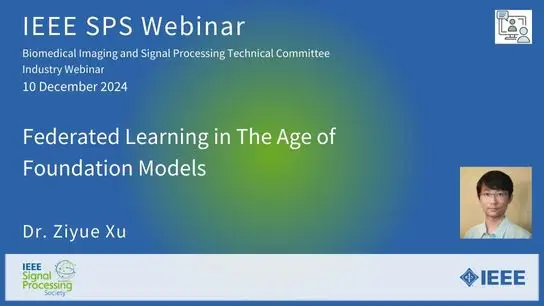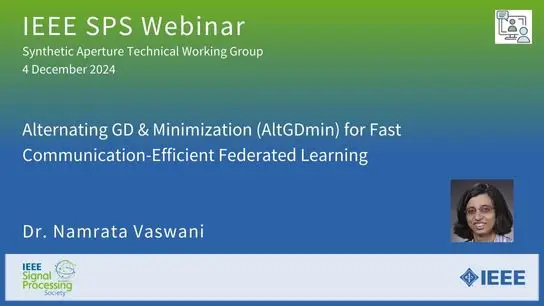-
Members: FreeSPS
IEEE Members: $11.00
Non-members: $15.00Length: 00:47:58
02 Oct 2024
Artificial Intelligence (AI) is becoming pervasive. In the last two decades, the developments in AI have resulted from application-driven demands, which include solutions that are accurate, black box or not. This has therefore resulted in fast growth of deep learning (DL) algorithms, and the common practice has been to use them directly for a variety of applications without resorting to application-specific optimization. However, in the last few years, AI in general and DL in particular are being explored also for scientific problems. It has been increasingly realized that using DL as plug-and-play solutions is not suitable for scientific data and problems, and that AI and DL solutions need to be integrated with the physics of the scientific application in order for them to either perform better, be fail-safe, or be scientifically explainable. In this webinar, the presenter will discuss a variety of approaches for integrating the physics of the scientific application with AI/DL solutions. She will explore how these approaches have been used in cutting-edge research across a variety of scientific problems.


